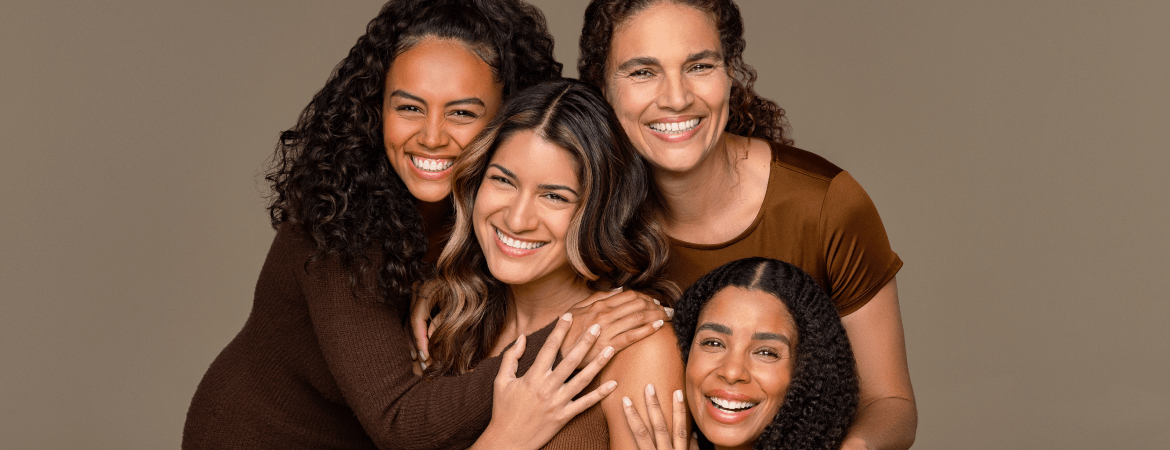
Women’s healthspan vs. lifespan
Ageing – and how to age well – is a universal conundrum. There are countless anti-ageing products, turn-back-the-clock remedies, beauty procedures and surgeries and millions of bits of advice, tips and information on how to age like a champ.
What is often overlooked, however, is healthspan and lifespan.
Healthspan is defined as “the part of a person’s life during which they are generally in good health.” A lifespan is “the length of time for which a person or animal lives or a thing function.”
Naturally, of the two factors, healthspan is the more controllable concept.
Let’s delve into what makes a healthspan – healthy.
The role of genetics
Your family history, specific to obesity, diabetes, risk of heart conditions, etc. all play important roles in your own health and wellbeing. Researchers say: “About 25% of the variation in the human lifespan is determined by genetics, but which genes, and how they contribute to longevity, are not well understood.” What this means is that while you can take steps to eat well, rest and exercise properly, some genetic markers are out of your control. On the plus side, 25% is a relatively paltry margin to work with – so think how much benefit you can gain from positive lifestyle changes!
The role of food
Don’t underestimate the power of good nutrition to reap health benefits throughout your life. Healthy food isn’t just related to weight management – think long-term health and disease management. Maintaining a diet that includes daily intakes of wholegrains, vegetables and healthy fats can significantly help lower your risk for heart disease, certain cancers, obesity, Type 2 diabetes, endometriosis and high blood pressure, to name a few. Something that’s good to know, according to the World Cancer Research Fund, is that being overweight or obese, a lack of physical activity and alcohol consumption, are the main dietary-related factors that may increase your risk of breast cancer.
The role of exercise
Ageing triggers many effects in women. Nevermind the wrinkles and greying hair, consider your fitness. As women age, it’s common to lose more lean muscle mass – especially if you’ve given birth. Before the onset of brittle bones or a condition like arthritis, start a regular exercise programme that includes light weight or strength training. Don’t forget about cardio as well. Heartening evidence shows that adding 2 000 extra steps to your walking each day can decrease the diabetes risk among older women by 12%.
The role of early detection
Prevention, prevention, prevention. Never skip your annual check-ups, don’t ignore troubling symptoms and keep up with your Pap smears. If you only see your doctor when you’re not feeling well, you’re missing out on a major chance to safeguard your long-term health. You can’t take care of an underlying health problem if you don’t know about it.
Tip
Invest in your health now, so you can remain healthy well into your older years. Drink plenty of water every day, fill your plate with green vegetables, exercise regularly and sleep well.
References:
- https://www.uvmhealth.org/coronavirus/staying-healthy/life-span-vs-health-
- https://medlineplus.gov/genetics/understanding/traits/longevity/
- https://www.prevention.com/food-nutrition/healthy-eating/
- https://academic.oup.com/ajcn/article/113/5/1083/6238555
- https://www.nutrition.org.uk/life-stages/women/common-health-issues-in-women/
- https://www.healio.com/news/primary-care/20220208/2000-extra-steps-per-day
Disclaimer
This article is for informational purposes only. Always check with your doctor or medical practitioner about any health concerns, before embarking on any fitness or nutrition programme, and usage of any medication.
